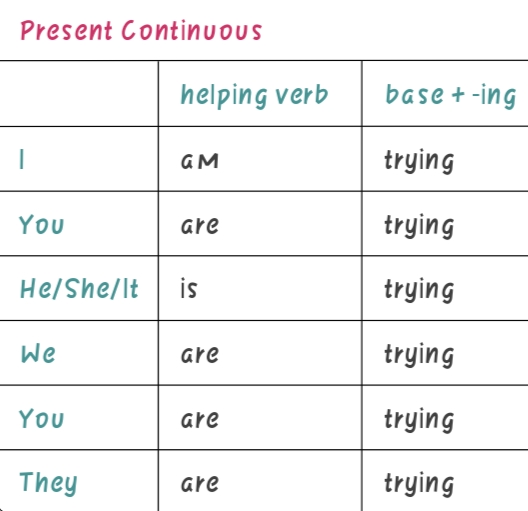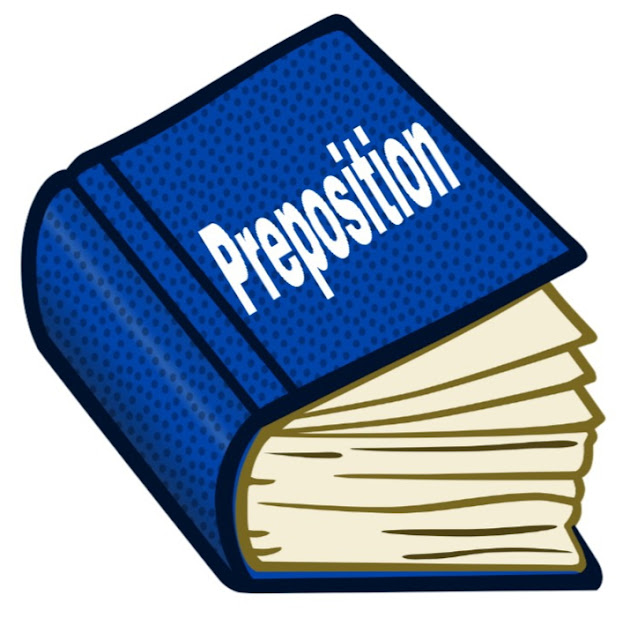Present Perfect Tense
Hi friends, we have studied Present Continuous Tense in last article. In this article we will learn about Present Perfect Tense.
Where to use Present Perfect Tense
1) The action which have taken place in the recent past.
2) This tense is used to describe actions which are recently completed.
present perfect is a grammatical combination of the present tense and perfect aspect which is utilized to indicate a past event that has present consequences. This term is used particularly in the context of English grammar to refer to forms like "I have completed".
Present perfect tense is a verb tense which is used to indicate that an action has been taken place once or many times before now. present perfect tense is most frequently utilized to talk about experiences or changes that have occurred, but there are other less common uses as well. Read this article for detailed descriptions, examples, and Negative sentence, Verbal question of present perfect tense.
present perfect is a grammatical combination of the present tense and perfect aspect which is utilized to indicate a past event that has present consequences. This term is used particularly in the context of English grammar to refer to forms like "I have completed".
Present perfect tense is a verb tense which is used to indicate that an action has been taken place once or many times before now. present perfect tense is most frequently utilized to talk about experiences or changes that have occurred, but there are other less common uses as well. Read this article for detailed descriptions, examples, and Negative sentence, Verbal question of present perfect tense.
Structure of Present Perfect Tense
Rule:- S+have/has+V3+O+C
 |
| Present Perfect Tense |
Where,
S - Subject
V3 - past participle
O - Object
C - Complement
Uses of have, has
I, We, They, You, Plural noun--- have
Examples,
1) I have eaten a mango.
2) She has made a table.
3) We are Played cricket.
4) They have dug a well in the farm.
5) people have gathered to see circus.
6) You have stolen my wallet.
7) Boys have painted the room.
8)Virat has won the prize.
9) Pratiksha has watched a movie.
10) Mohan has Sung a song.
Want To Increase Prostate In Body For Robust Health?? Click Here
Important:- words like "recently, just, yet" are always used in Present Perfect Tense
Examples,
1) I have recently done that work.
2) She has not taken her dinner yet.
3) Virat has just reached here.
The present perfect tense is a versatile and significant aspect of English grammar that allows us to connect the past and present. It plays a crucial role in describing experiences, actions that happened at an indefinite time in the past, and their relevance to the present moment. In this article, we will explore the uses and importance of the present perfect tense, shedding light on how it helps us convey completed actions with ongoing effects, achievements, and past experiences that shape our current state.
Uses of Present Perfect Tense:
1. Expressing Completed Actions with Ongoing Relevance:
The primary use of the present perfect tense is to describe actions that were completed in the past but have a connection or relevance to the present moment. It emphasizes the result or impact of the action rather than the specific time it occurred.
Example: "I have finished my work." (The work is completed, and the focus is on the current state of having it finished.)
2. Describing Past Experiences:
The present perfect tense is frequently used to discuss experiences or events that have happened at some point in a person's life. It emphasizes the connection between past experiences and the present, highlighting their influence on the individual's current knowledge, skills, or perspective.
Example: "I have visited Paris." (The emphasis is on the fact of having visited Paris in the past, which contributes to the person's overall experiences.)
3. Talking about Unspecified Time in the Past:
The present perfect tense is employed when discussing actions that occurred at an indefinite time in the past and where the specific time is not relevant or not mentioned. It indicates that the action happened but does not provide a specific timeframe.
Example: "She has read that book." (The action of reading the book is completed, but the specific time is not mentioned or relevant.)
4. Describing Achievements:
The present perfect tense is used to highlight achievements or accomplishments that have been completed. It emphasizes the success or outcome of the action, often leading to a present state or consequence.
Example: "He has won several awards." (The focus is on the fact of winning awards, indicating the achievements made.)
5. Referring to Recent Events:
The present perfect tense can be used to discuss events or situations that have happened recently or have a connection to the present. It implies that the action occurred in the past but still holds some significance or impact.
Example: "We have just arrived." (The action of arriving happened in the recent past and has relevance to the present moment.)
By understanding the uses of the present perfect tense, we gain a powerful tool for conveying completed actions with ongoing effects, discussing past experiences, highlighting achievements, and referring to recent events. Its application allows us to express the interconnectedness of past and present, adding depth and context to our communication.
Verbal question of Present Perfect Tense.
Rule:- Have/Has+S+V3+O+C+?
Examples,
1) Have I eaten a mango?
2) Has he made a table?
3) We are Played cricket?
4) Have they dug a well in the farm?
5) Have people gathered to see circus?
6) Have You stolen my wallet?
7) Have Boys painted the room?
8) Has Virat won the prize?
9) Has Pratiksha watched a movie?
10) Has Mohan Sung a song?
Negative sentence of Present Perfect Tense
Rule:- S+have/has+not+V3+O+C
Examples,
1) I have not eaten a mango.
2) She has not made a table.
3) We are not Played cricket.
4) They have not dug a well in the farm.
5) people have not gathered to see circus.
6) You have not stolen my wallet.
7) Boys have not painted the room.
8)Virat has not won the prize.
9) Pratiksha has not watched a movie.
10) Mohan has not Sung a song.
Short form,
I+am =I'm
She+is = She's
We+are = we're
He+is = he's
It= it's
They+are= they're
We+are= we're
You+are= you're
I+have= I've
We+have= we've
He+has= he's
She+has= she's
It+has=it's
They+have= they've
You+have= you've
Am+not= amn't/aren't
Is+not= isn't
Are+not= aren't
Was+not= wasn't
Were+not= weren't
Have+not= Haven't
Has+not= hasn't
Had+not= hadn't
Shall+not= shan't
Will+not= won't
Do+ not= don't
Does+not= doesn't
Did+not= didn't
In conclusion, the present perfect tense serves as a vital component of English grammar, enabling us to bridge the gap between the past and the present. It allows us to describe completed actions with ongoing relevance, convey past experiences that shape our current state, and highlight achievements and recent events.
By using the present perfect tense, we emphasize the result or impact of past actions, rather than focusing solely on the specific time they occurred. This tense enables us to discuss experiences that have happened at an indefinite point in the past, highlighting their influence on our knowledge, skills, or perspective in the present moment.
Furthermore, the present perfect tense is invaluable when discussing achievements or accomplishments, underscoring the success or outcome of completed actions. It also allows us to refer to recent events, signaling their significance and connection to the present.
Understanding and utilizing the present perfect tense enhances our ability to communicate effectively and convey the relationship between past actions and their relevance to the present. It adds depth and nuance to our language, enabling us to express the ongoing effects of past experiences and the impact they have on our current state of being.
In summary, the present perfect tense is a powerful linguistic tool that enables us to express completed actions with ongoing effects, describe past experiences, highlight achievements, and refer to recent events. By harnessing the uses of this tense, we enrich our communication, creating a clearer understanding of the connections between the past and the present.
Friends, we have now come to the end of this tense, but remember one thing that is you must memorize all the forms of tense to acquire command on english tenses. You can read my article on verb, in which you will get all knowledge about verbs and it's types
Dear readers, commence studying now and time by time, we will become accomplished in English language.












